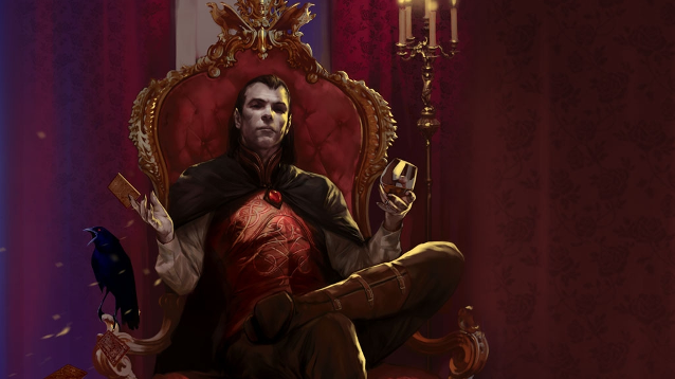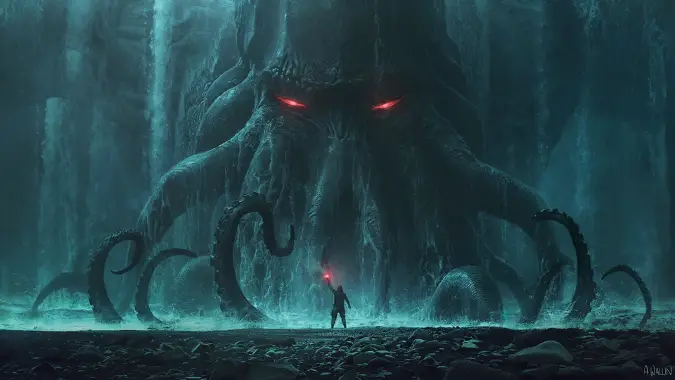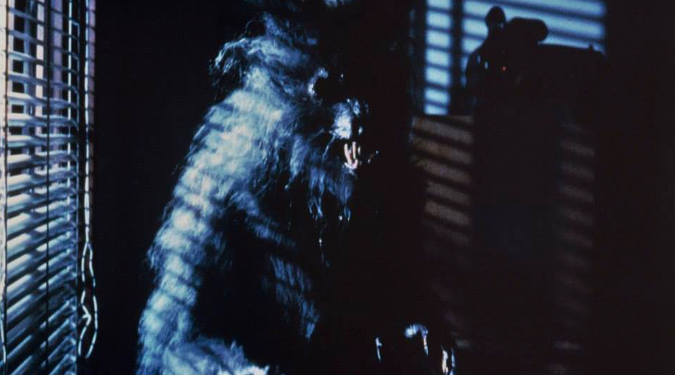How to handle horror elements in your tabletop role playing game

The typical RPG campaign is an action adventure fantasy story, but the main difference between action adventure fantasy and horror is in the relationship of the player characters to the threats they face. Think of it this way — in a fantasy story, monsters exist to be killed. In a horror campaign, they exist to make you think they’ll kill you, or worse.
Games like Call of Cthulhu deal with the other aspect of horror — the dread that such abhorrent entities represent. If you intend to run a horror campaign, whether using Call of Cthulhu, some other horror game like Kult, or even a more standard adventure RPG like Dungeons and Dragons — yes, you can do this, as the long running Ravenloft line shows us with supplements such as Curse of Strahd for 5th Edition — you have to keep in mind the primary difference between fantasy, horror, and fantasy-horror RPG games.

Differences in how fear is portrayed is key to understanding horror
In any RPG, there will come a time when the players, or their characters, are afraid. But often, the fear isn’t the point. Maybe they’re afraid that their characters aren’t high enough level to fight a dragon, but they aren’t in doubt that sooner or later they’ll get powerful enough to take on that enormous fire breathing flying reptile and win. Any fear they feel is temporary.
In a horror game, the players and their characters never get to that point. Every encounter with a monster is terrifying — it may well take deep research and preparation to come up with a way to overcome even a single ghoul, and a creature like a vampire is a dreadful existential threat that could take multiple sessions to even inconvenience. Think of Bram Stoker’s novel Dracula — the titular vampire menaces the assembled group of hunters at every turn, transforms the future wife of one of them into one of his spawn and threatens to do the same to another, and ends up opposing them across much of Europe before they finally defeat him at great cost, including having to dispatch a woman they all love after she becomes a vampire and seeing one of their own die in the mountains during the chase.
All this despite having Van Helsing there to basically play the role of exposition dump when needed, explaining exactly what threatens the vampire and how to hunt and kill it. It’s this primary difference — the stakes are both higher and more personal — that you have to keep in mind when crafting a horror RPG campaign, or even a horror one-shot.

In horror, what you may lose might not be your life
Another approach to take in a horror game is to move the stakes away from mere life and death. A game where a werewolf hunts the party is one thing — certainly it could be either fantasy or horror, depending on how you played it out. But a game where one of the players is a werewolf, and is simultaneously stalking the party from within and hiding their dreadful curse while deaths continue to rise in the village is suddenly a whole different animal. Will the infected player succeed in turning everyone and converting the heroes into monsters themselves?
Questions of identity, essential humanity, and the line between savior and monster are all fertile ground for a horror RPG — in the aforementioned Call of Cthulhu game, for example, the threat of losing one’s sanity while attempting to confront and dispatch the horrors of the Mythos is an ever present one. The very lore that’s necessary to oppose ruin and horror is also destructive to the very people making use of it, and if you go too far, you’ll be lucky to end up confined for your own safety and that of others. A far worse fate would be to become the very dreadful nightmare that you’ve spent your game opposing.

Tweaking the game so the threat was you all along
Horror games should de-emphasize combat in most cases. The monsters are simply nightmarish, far stronger than any player in most situations — it’ll take time and effort to discover the means to battle them, and an attempt to overwhelm them with brute force might be pointless — no matter how much damage you do to that werewolf, until you discover that specific weakness to silver, the beast cannot die. Also, keep in mind, any good Game Master will deliberately tweak such creatures so that a bunch of metagaming PC’s can’t just go to the local blacksmith, buy a lot of silver and kill the werewolf as soon as they arrive in town — if it was that easy, everyone would have done it.
You can also very deliberately make the threat something that can’t just be hunted down and killed with impunity. Yes, the party suspects Lord Chrth of being the necromancer behind the rash of undead, but he’s protected by his powerful patron the Lord of the North and his social status as well as the fact that as a Lich, killing him is extremely difficult — the object that holds the necromancers’ soul will need to be located and destroyed before any attempt to kill the dastardly Chrth can possibly succeed, making research and investigation as important as raw combat skill.
Think of it as a slider — you can turn the adventure all the way into pure horror, leave it at full fantasy adventure, or put the lever somewhere in the middle. The Ravenloft setting tends to include elements of horror while remaining a Dungeons and Dragons adventure — you need to think and research, but at the end of the day, you’re still a party of powerful adventurers. The Powered by the Apocalypse game Monster of the Week takes a similar approach, inspired by shows like Supernatural, Buffy the Vampire Slayer or Grimm. Call of Cthulhu, Kult, and Dread give you a more directly horror experience where the threats aren’t just to your life but to everything you believe and hold dear and momentary success feels ultimately doomed to failure.
That’s the basics of horror roleplaying — you’re not there to kill the monsters, you’re there to be hunted down by them, and any victory you accomplish is at the expense of your time, potentially some of your lives, and almost certainly you’ll be scarred for life by the experience.
Please consider supporting our Patreon!
Join the Discussion
Blizzard Watch is a safe space for all readers. By leaving comments on this site you agree to follow our commenting and community guidelines.
 @MatthewWRossi
@MatthewWRossi




